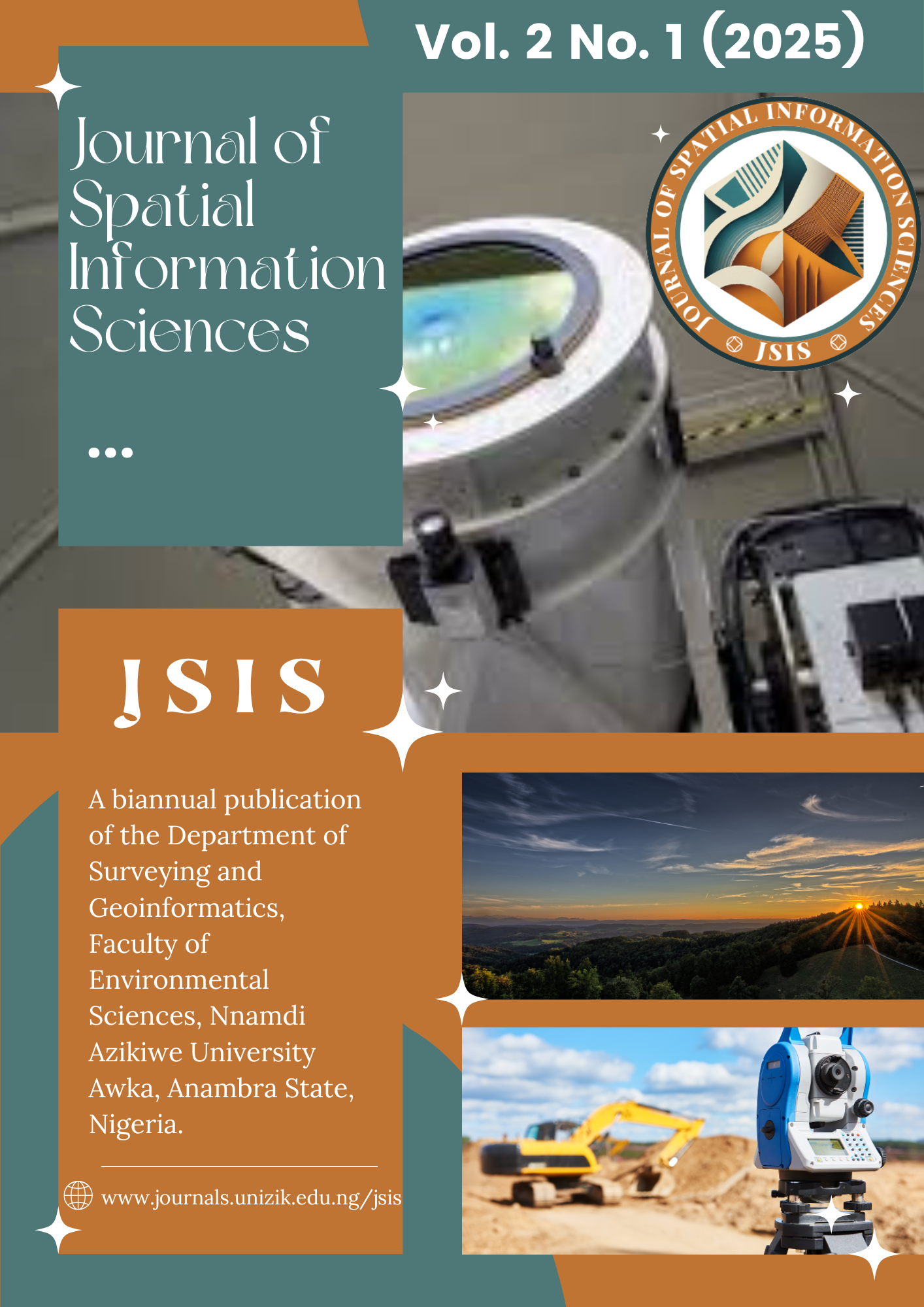Assessment of Tidal and Current Effects on Bathymetric Data Accuracy in Soku Creek, Nigeria
DOI:
https://doi.org/10.5281/zenodo.15278792Keywords:
Bathymetry, Coast, Depth, current, TideAbstract
Bathymetric data collection is essential for understanding underwater topography, navigation safety, and coastal resource management. However, the accuracy of bathymetric surveys is significantly impacted by tidal and current dynamics, particularly in estuarine environments such as the Soku Creek. This study evaluates the extent to which tides and currents influence bathymetric data accuracy in Soku Creek, a critical coastal system. By integrating field measurements, tidal predictions, and current velocity analyses, the study identifies variations in depth readings caused by tidal fluctuations and flow dynamics.
The research reveals that tidal range variability introduces systematic depth deviations, leading to inconsistencies during surveys conducted at different tidal stages. Initial depth measurements, referenced to uncorrected GNSS heights, exhibited vertical deviations up to ±0.45 m, with a mean absolute error of 0.38 m, primarily attributed to unmodeled tidal height variations and lateral current shear. Post-processing included the application of harmonic tidal constituents and velocity corrections derived from in-situ ADCP (Acoustic Doppler Current Profiler) measurements. These corrections reduced depth deviations to within ±0.12 m and lowered the mean absolute error to 0.09 m, representing a 76.3% improvement in vertical accuracy. Crossline comparisons revealed a reduction in mean depth offset from 0.41 m to 0.08 m, while spatial consistency across survey lines improved by 35.7%. The findings underscore the necessity for integrating tidal corrections and current modeling during bathymetric surveys to minimize errors. This research contributes to enhancing the reliability of bathymetric data in dynamic coastal regions and provides practical recommendations for survey planning and coastal resource management. Future studies should focus on incorporating real-time tidal monitoring systems and hydrodynamic models to further improve survey accuracy in tidal-influenced areas.
Downloads
Published
Issue
Section
License

This work is licensed under a Creative Commons Attribution-ShareAlike 4.0 International License.





